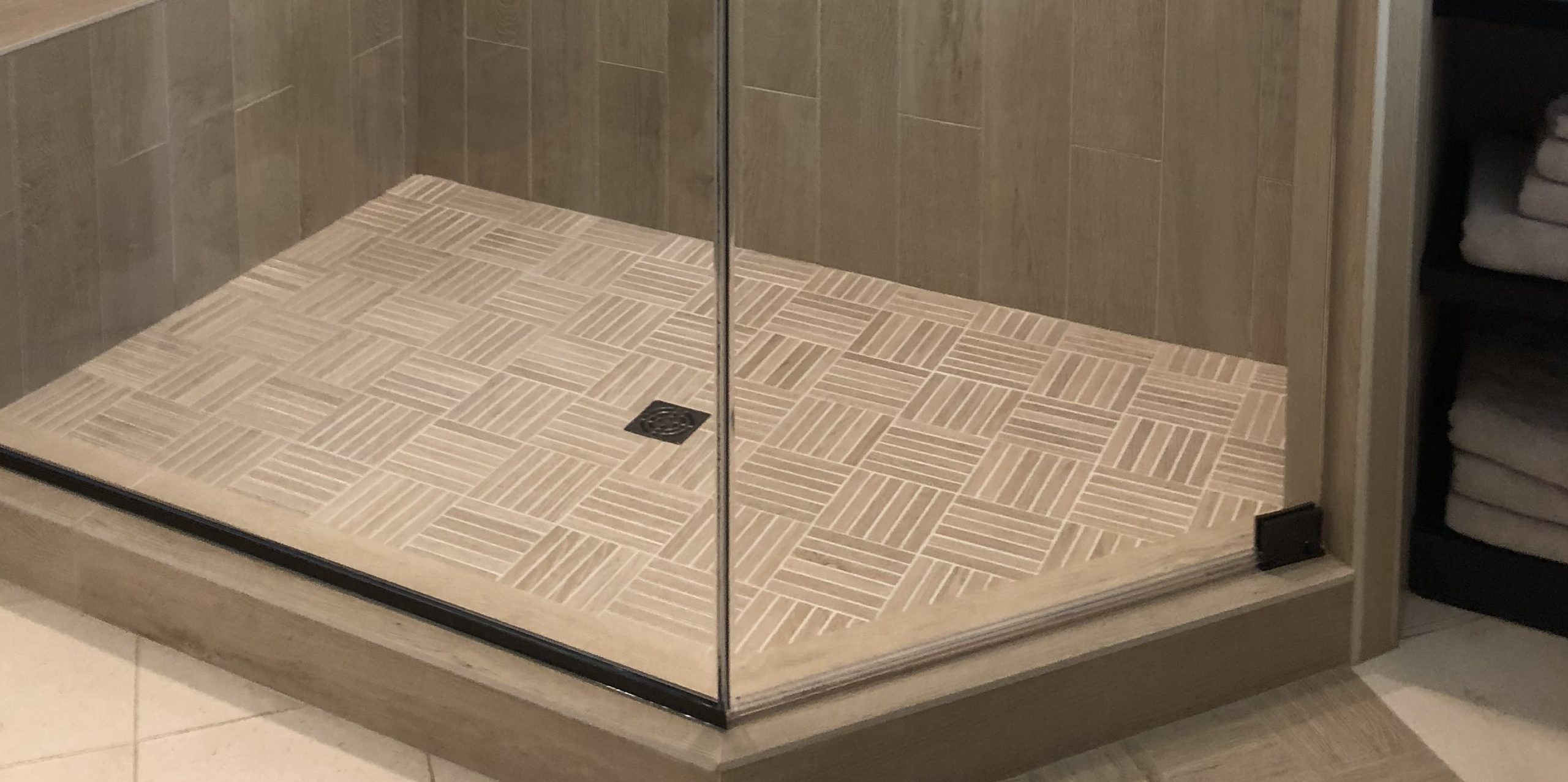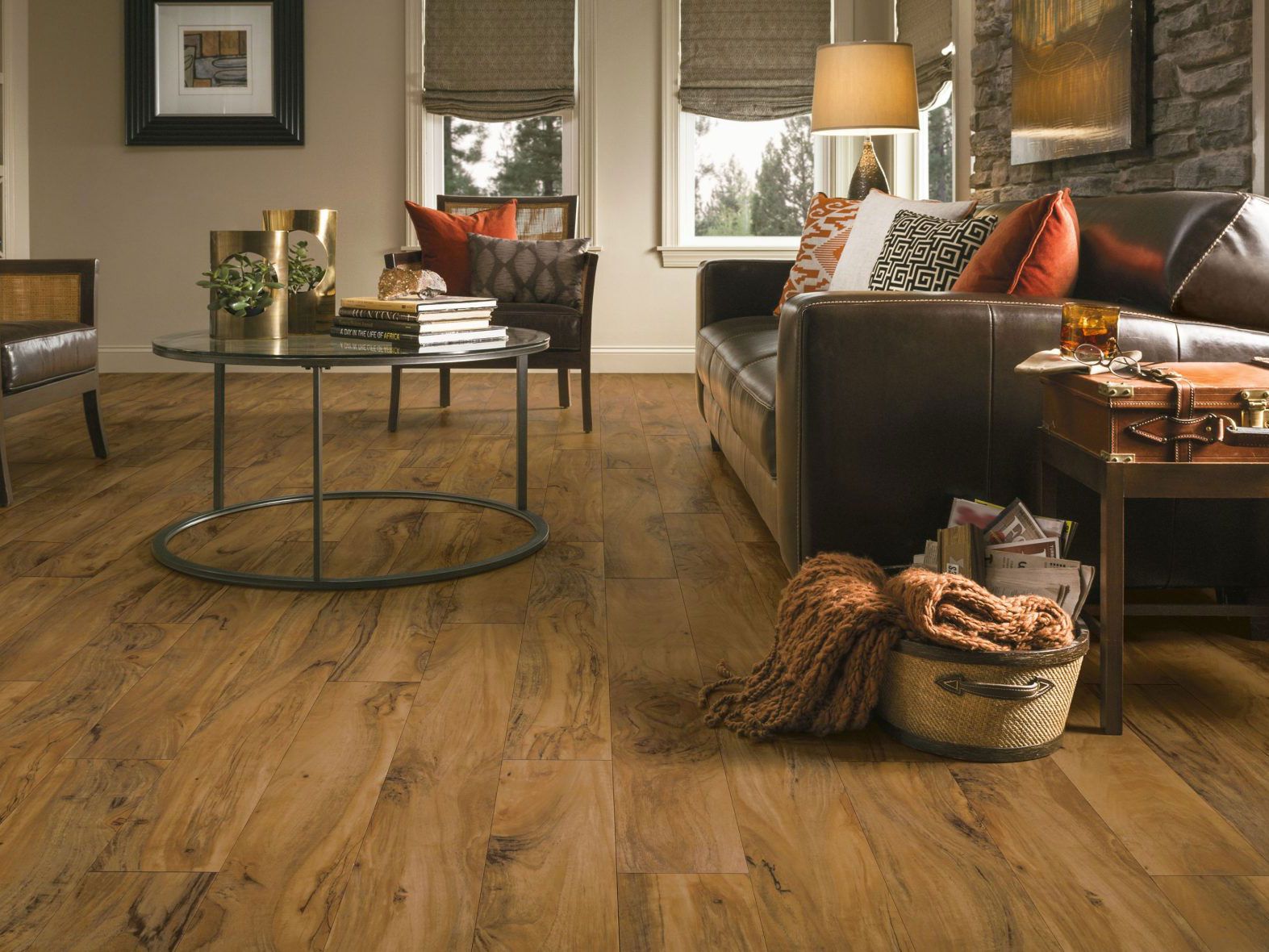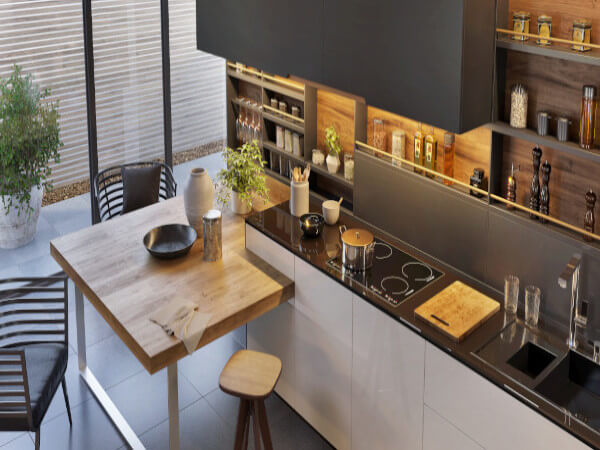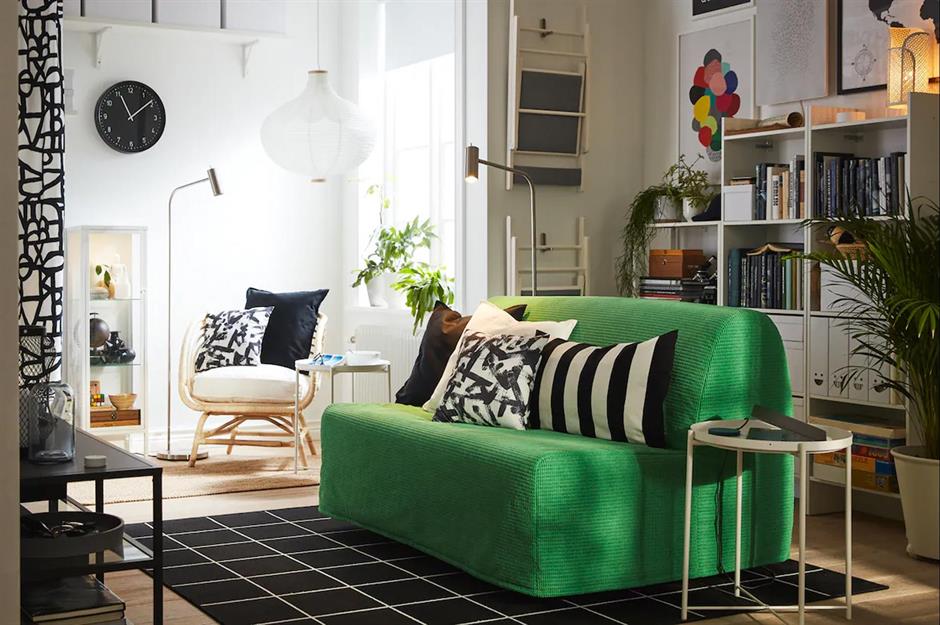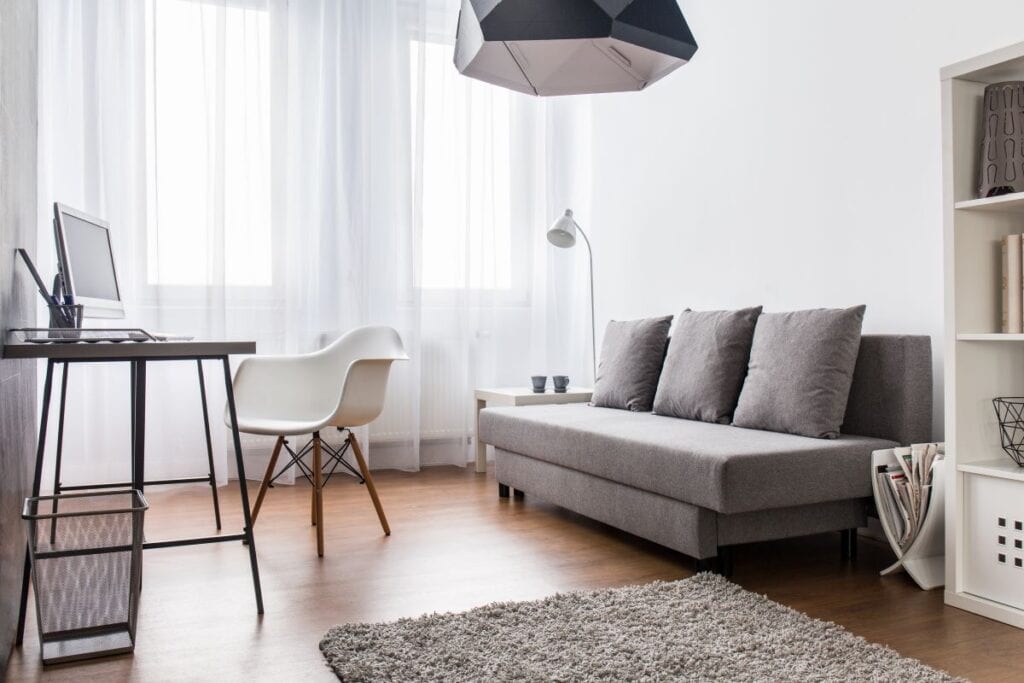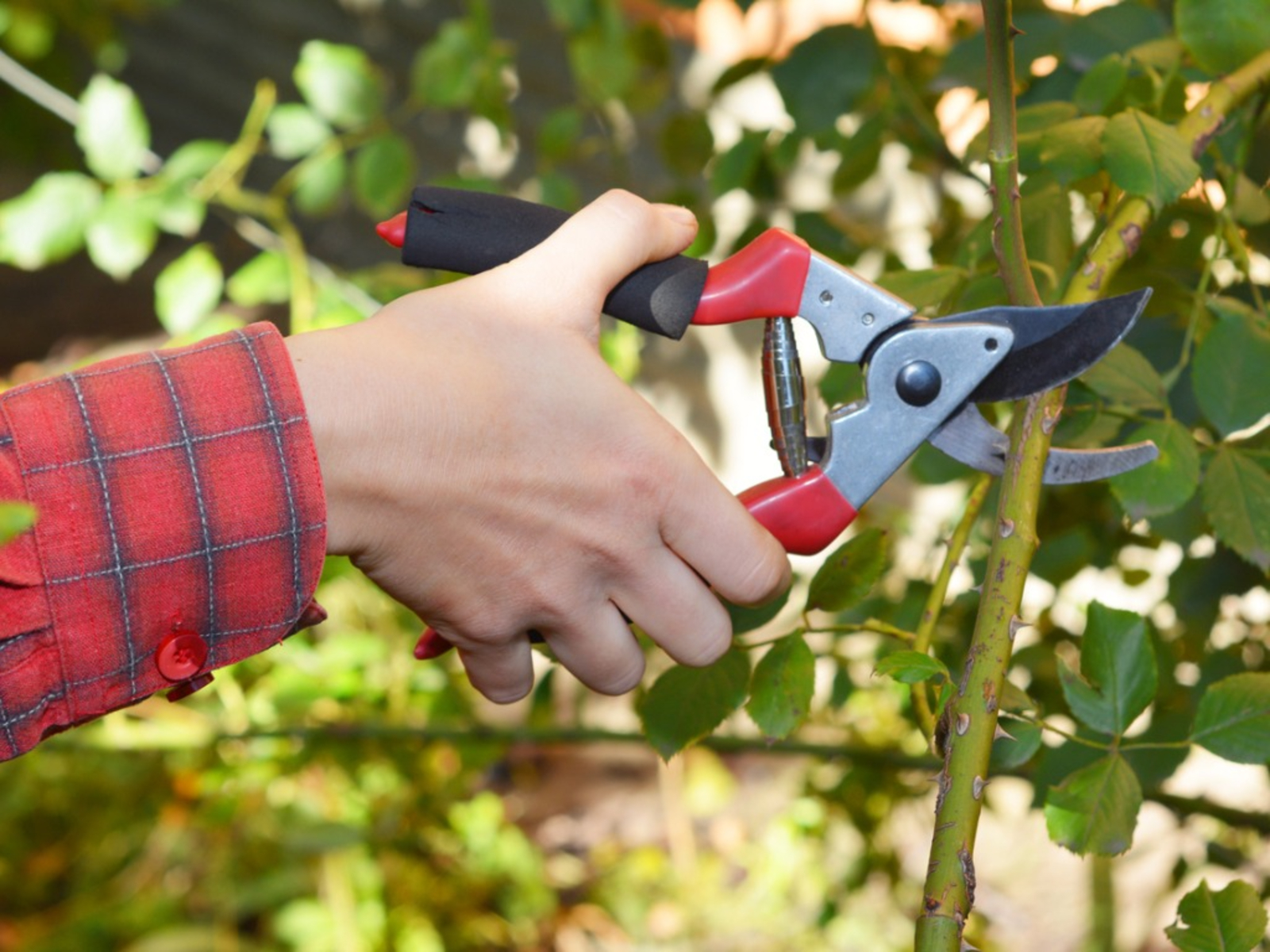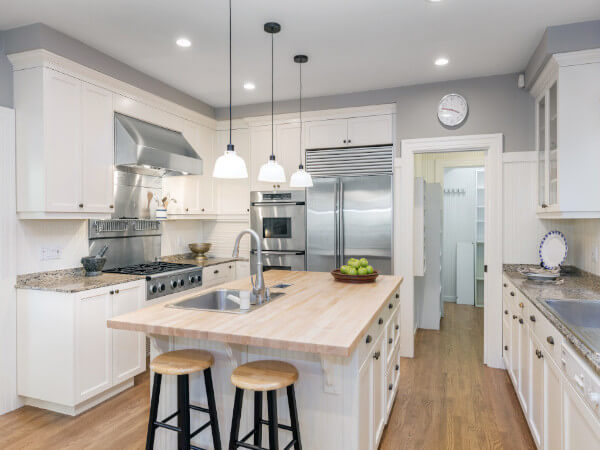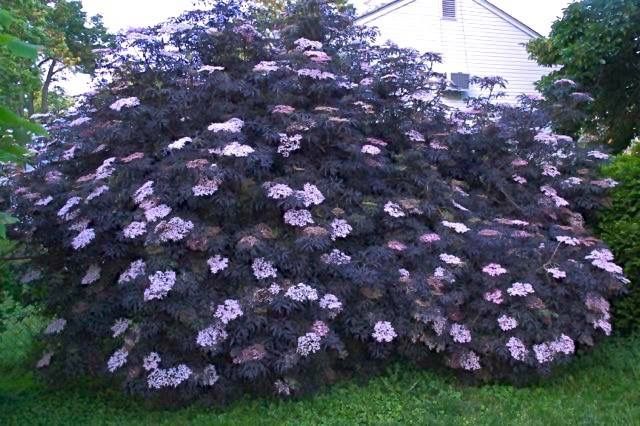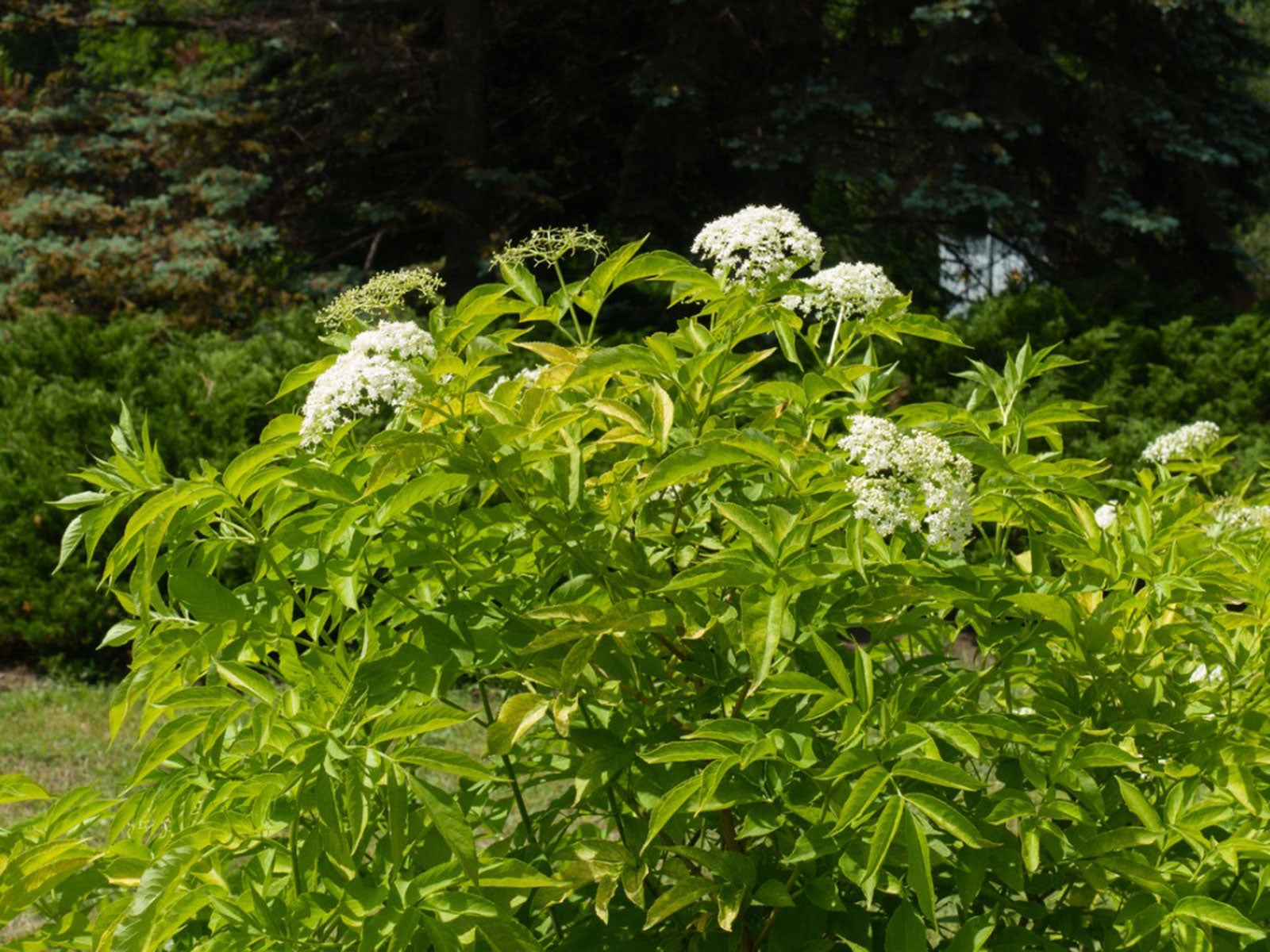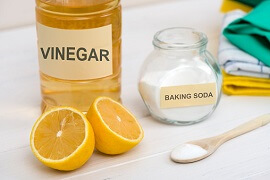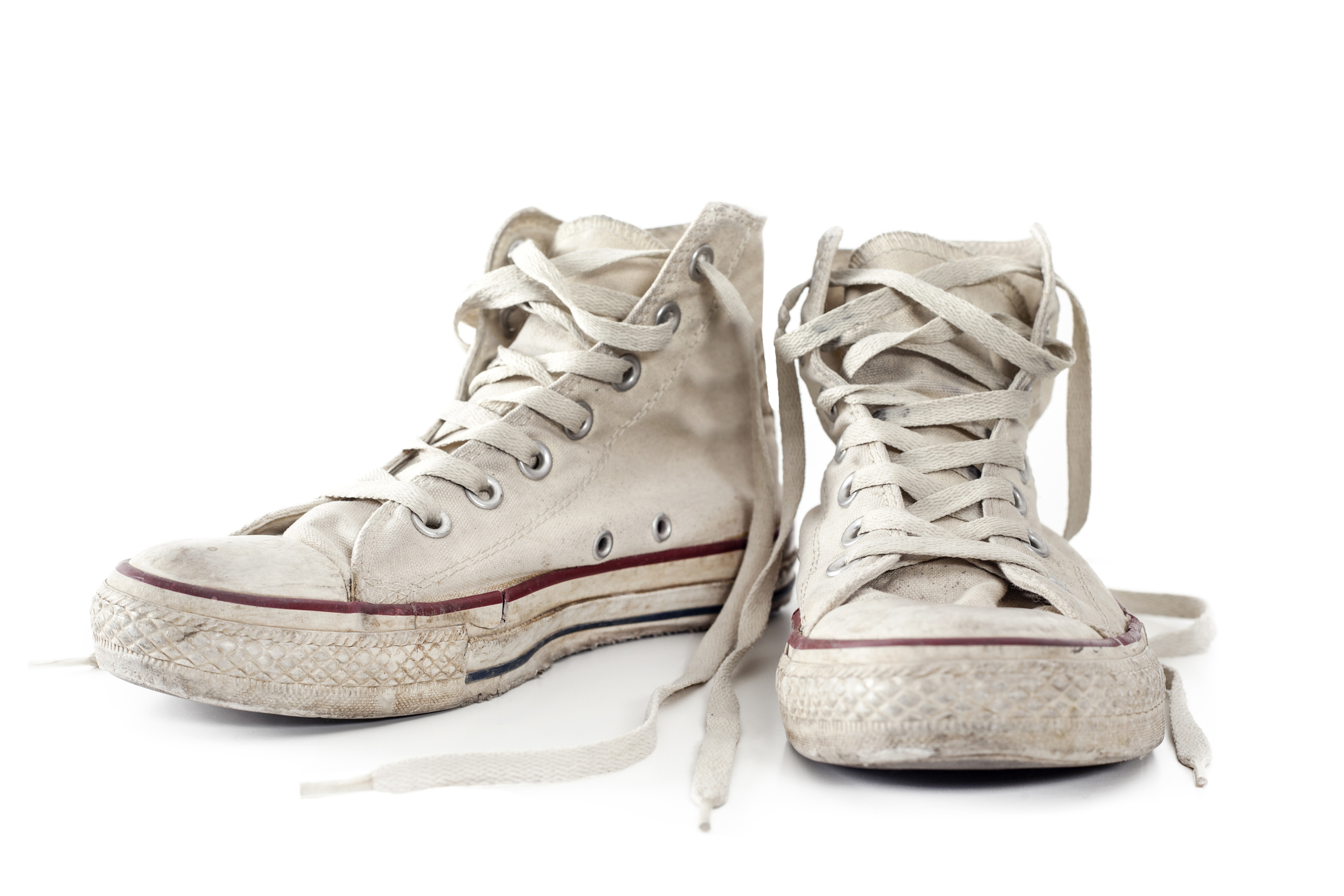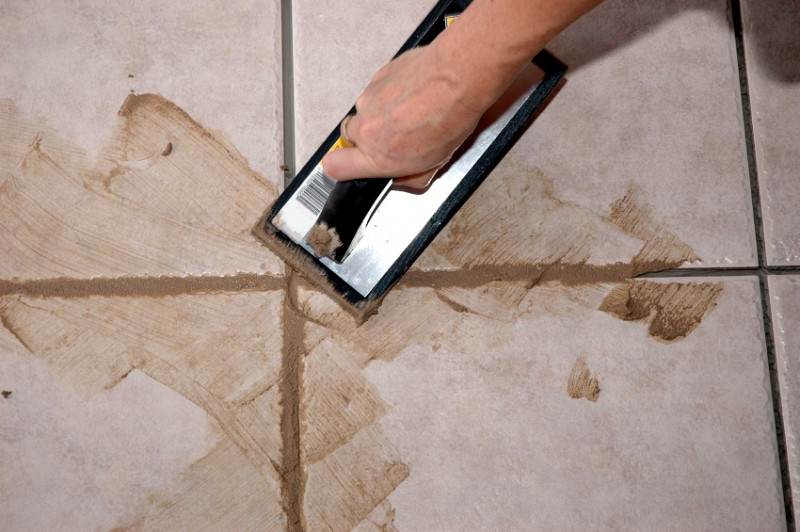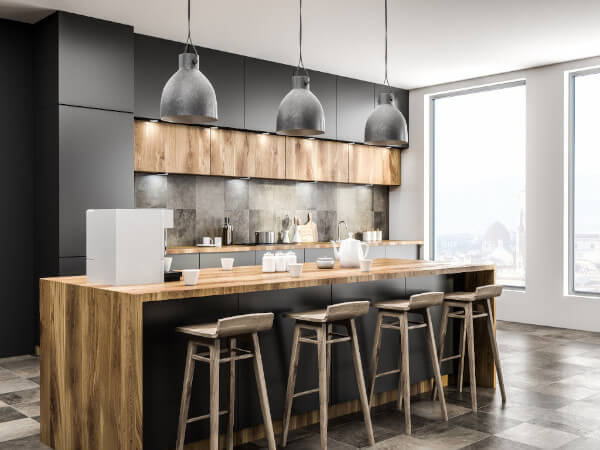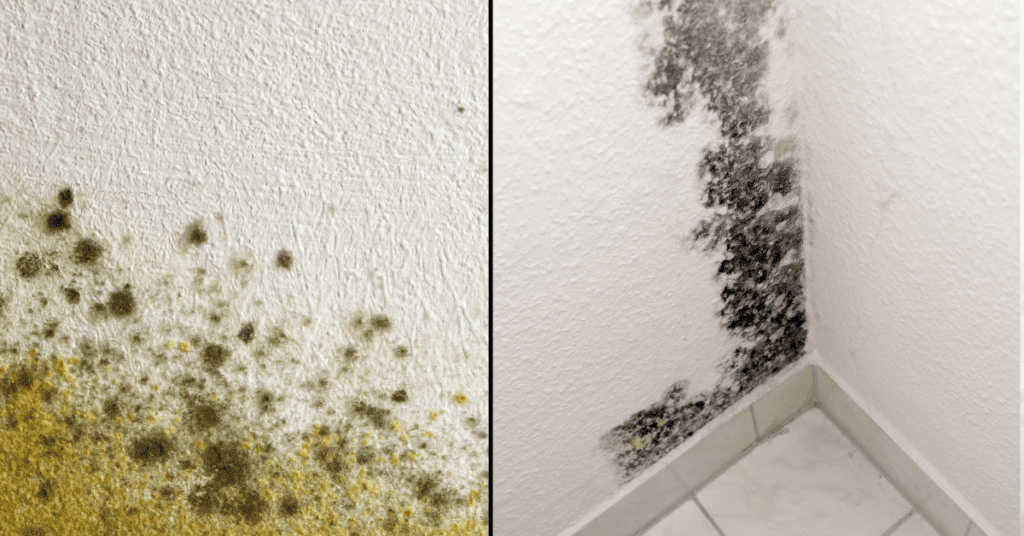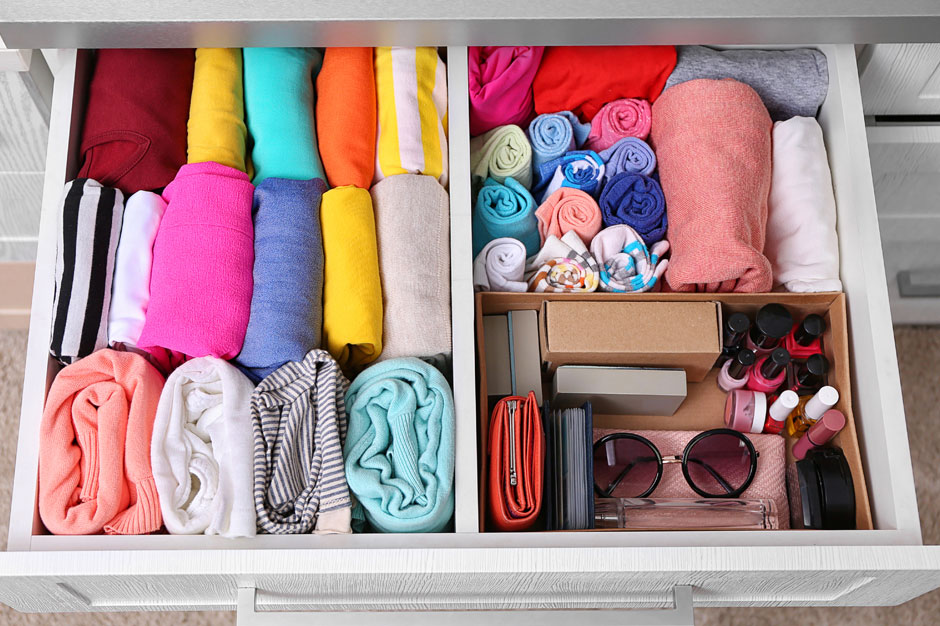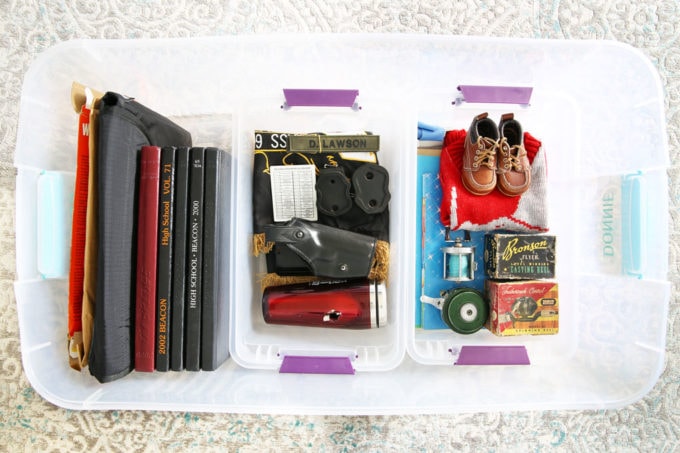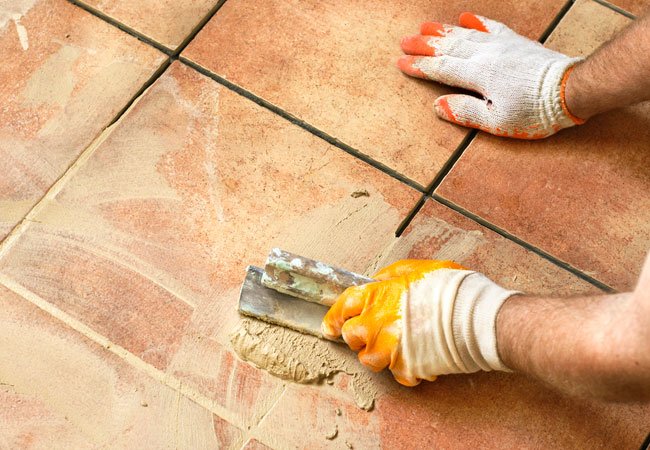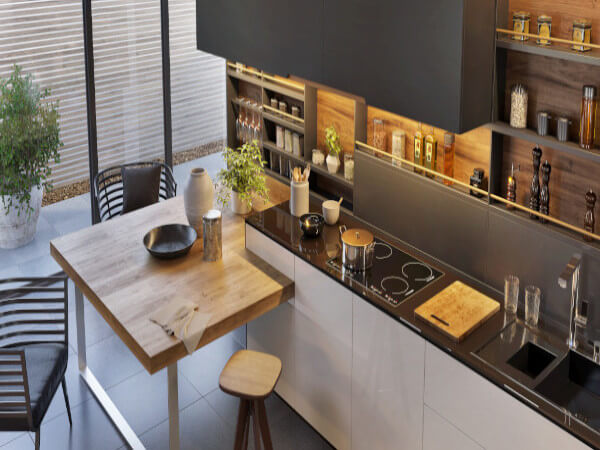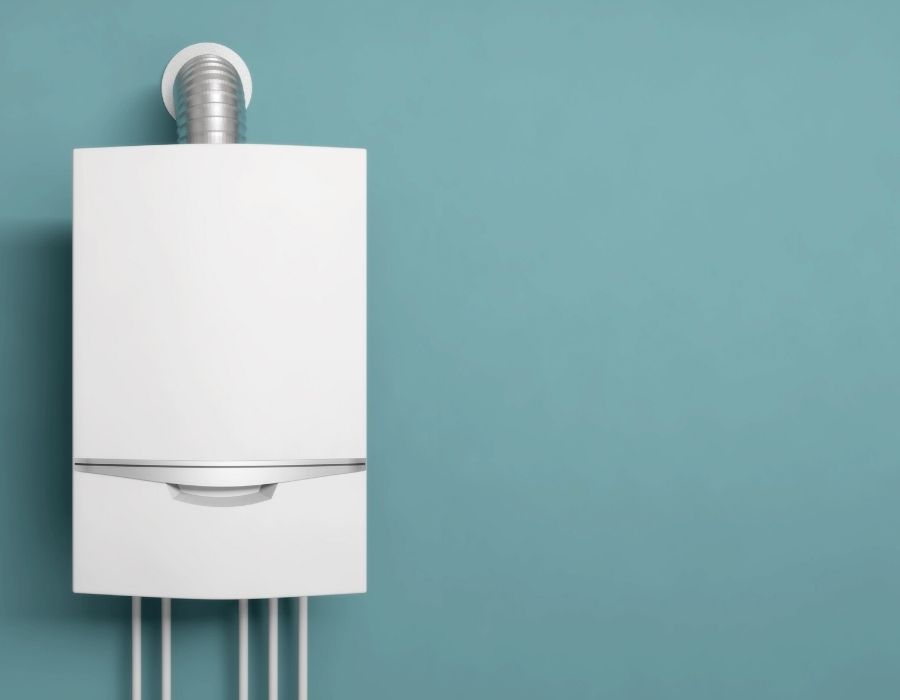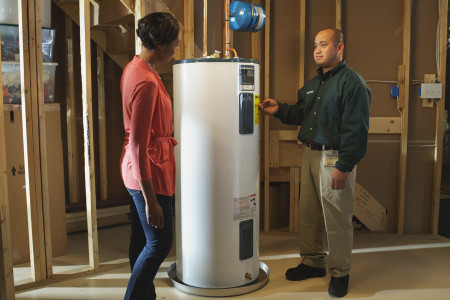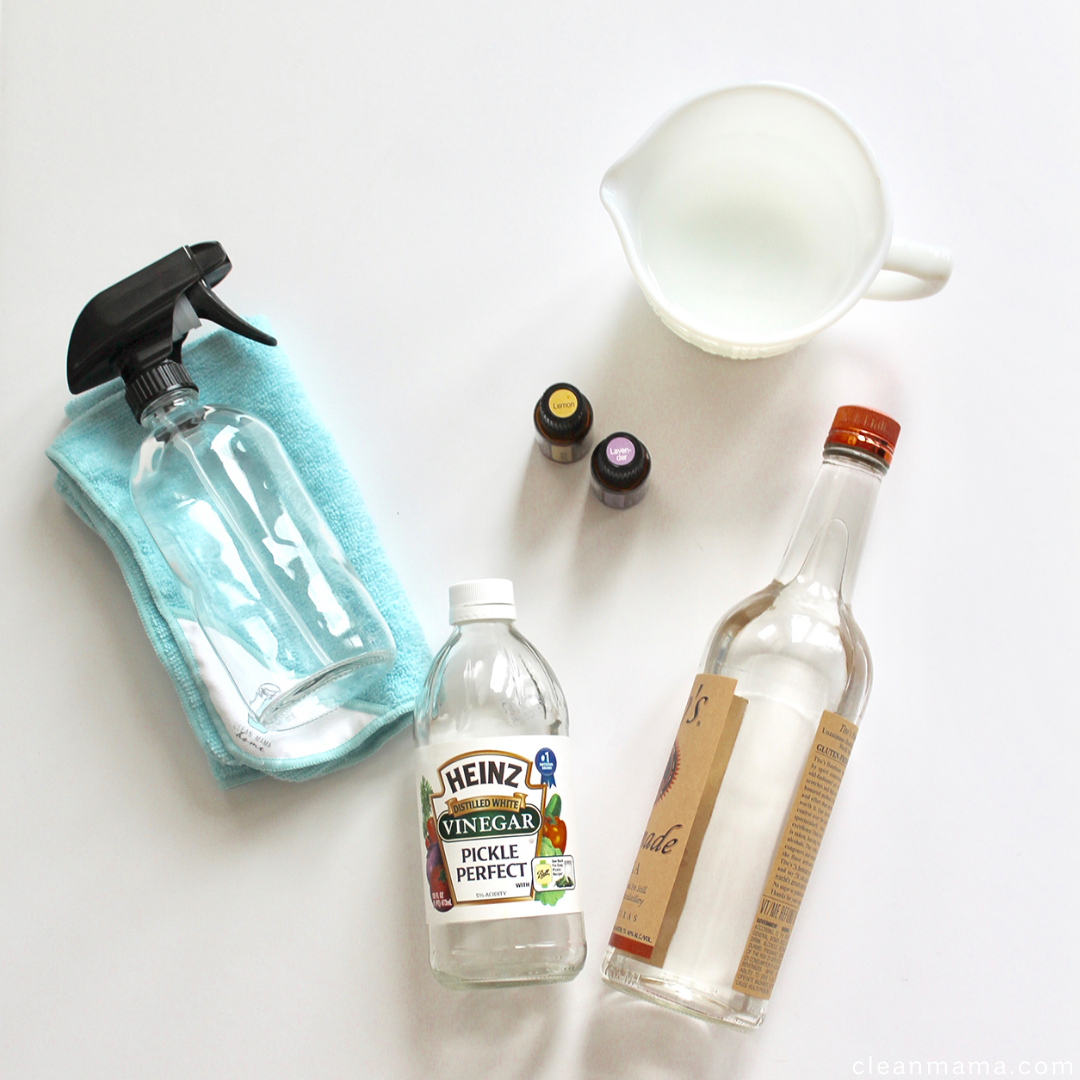Bathroom moisture and odors can lead to a variety of problems, including slippery floors, damp towels, and unhealthy fungi. Fortunately, installing an exhaust fan in your bathroom is an easy way to keep these problems at bay. Exhaust fans remove moist air from the room so that it doesn’t get trapped inside where it can damage over time.
However, you’ll want to choose the right type of fan for your space before making a purchase. The right type of exhaust fan will also reduce unpleasant odors and allergens like pollen and pet dander without causing any damage to nearby surfaces or leaving behind harmful residue after use.
Here are the quietest bathroom exhaust fans that stand up to the challenge.
1. Panasonic Whisper Fit EZ Retrofit Fan
This is the quietest bathroom fan for those who want a simple and affordable solution to keep the air in their bathroom cleaner, fresher, and free from odors. The Panasonic Whisper Fit EZ Retrofit Fan is perfect for those who want a home improvement project that won’t draw too much attention because it doesn’t look like it came straight out of a science fiction movie.
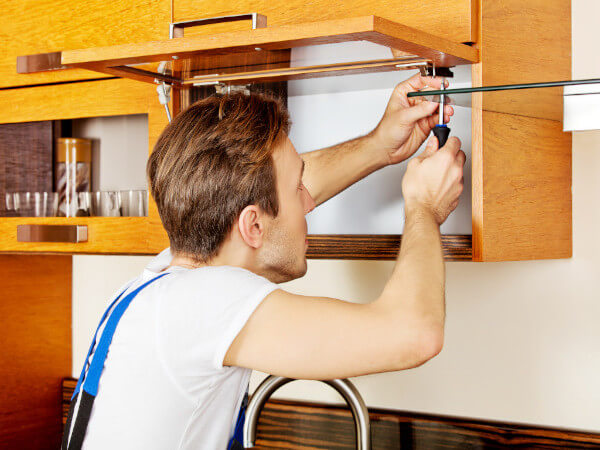
Image credit: https://dynastybath.com/
This is an incredibly powerful bath fan with a noise rating of fewer than 0.3 sones. This makes it an ultra-quiet bathroom fan with the LED light in the market that you can’t pass by if you’re shopping for the quietest bathroom exhaust fan. This fan is also low profile and comfortably fits a ceiling space or wall.
It’s an affordable choice for delivering quiet, energy-efficient, and effective exhaust ventilation. If you’re doing residential remodeling, hotel construction, or renovations, then this is a perfect choice. Unlike other quiet exhaust fans with plastic blades, this Panasonic product uses galvanized steel blades.
If you’re also looking for a fan that can keep medium to large bathrooms dry without being a noisy nuisance, this is the right choice.
Pros
Ultra silent at less than 0.3 soneEnergy-efficient and durable designPowerful enough to quickly move air and keep the bathroom dryIt’s among the quietest choices in the marketEasy to install in 4 or 6-inch ducts
Cons
It’s one of the expensive options in the marketSome LED bulbs won’t fitUsed for 4-inch or 6-inch, so if you have a 3-inch, you’ll need an adapter
2. Broan Very Quiet Bath Fan
The Broan Very Quiet Bath Fan is for bathrooms up to 75 square feet, which is large enough for the average bathroom. This model is more than half the cost of the most expensive Panasonic fan, allowing you to save a considerable sum of money.
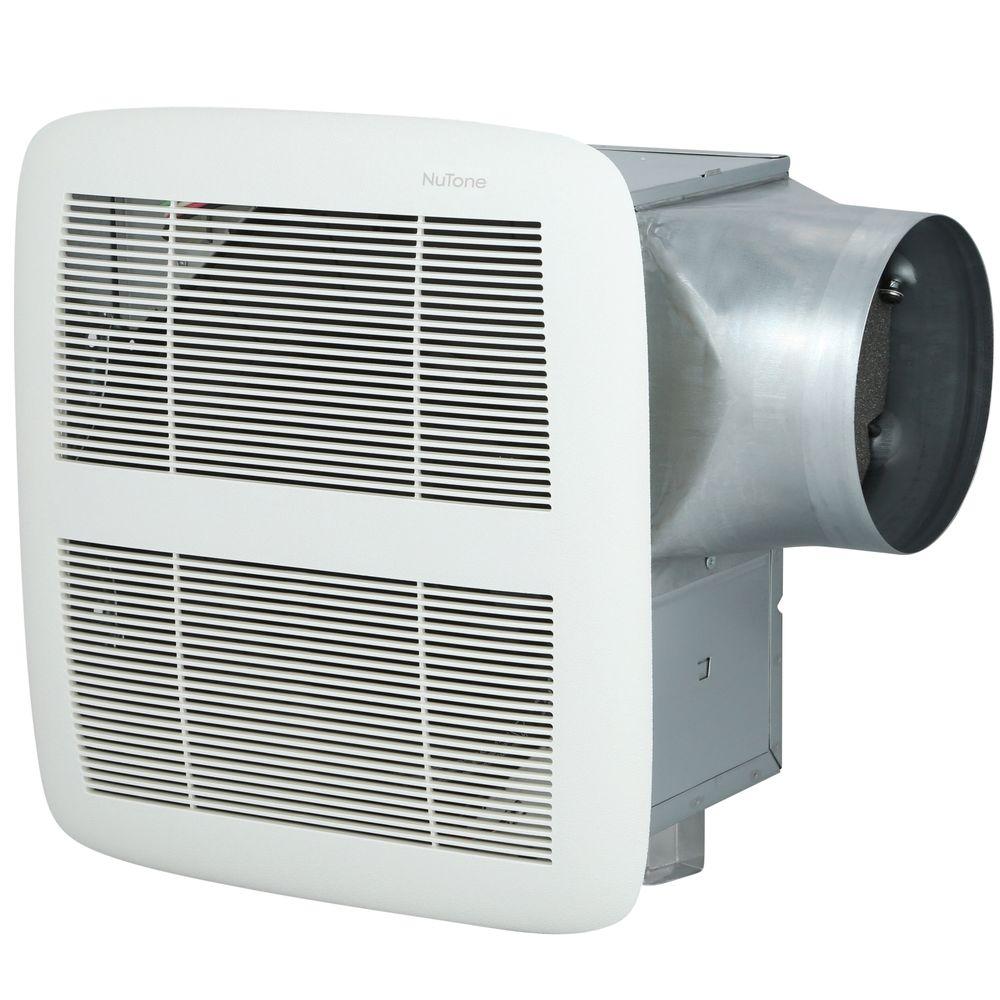
Image credit: https://i5.walmartimages.com/
It comes with True seal damper technology to reduce air leakage by 50 percent compared to similar models. In addition to being quiet and effective, installing this bathroom fan is easy, thanks to its hanger bars for wall placements. It’s also energy-efficient and durable, ensuring you can use the fan for long periods without worrying about power bills or the system wearing out.
Plus, the plastic body of this fan can blend in and even complement the aesthetics of most bathrooms. It’s also a top choice if you’re looking for a quiet fan that delivers clean air and is super easy to install. The unit is HVI certified and energy star qualified. The manufacturer also recommends that it’s used for bathrooms in 75 to 80 square feet.
Pros
It doesn’t require lots of space or special tools for installationIt’s one of the quietest bathroom fansEnergy-efficient designEffectively dries and ventilates bathroomsHanger bar system includedCertified for use over the bathtub
Cons
Difficult to install in existing roomsRequires professional wiring
3. Broan NuTone Quiet Ceiling Fan
We all know that bathrooms can get steamy and wet, making them ideal for mold, mildew, and bacteria. The Broan NuTone makes it easy to remove moist air from your bathroom while reducing odors with its powerful circulation system.
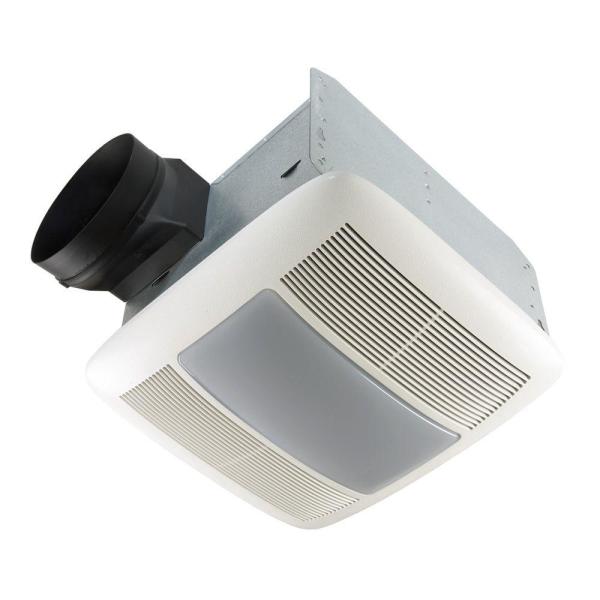
Image credit: https://images.thdstatic.com/
There is no need for an additional ductwork connection. You install this ultra-quiet fan between the joists in your ceiling. The quiet operation of this bathroom exhaust fan makes it ideal for sleeping areas, while its Energy Star efficiency saves money on your energy bills.
This model keeps the bathroom at a comfortable temperature and helps to minimize moisture and fogging. It also comes with a light for added convenience. This fan is suitable for 105 square feet bathrooms. Thanks to the 6-inch hose connector and the anti-vibration mounting, it also comes with easy installation.
Pros
It comes with integrated lightPerfect for medium size bathroomsThe integrated heater helps combat moisture and fogging
Cons
Very expensiveNot as energy-efficient
4. BV Ultra Quiet Bathroom Exhaust Fan
BV Ultra Quiet Bathroom Exhaust Fan is known for its quiet operation. And since it’s also Energy Star efficient, you’ll have the best of both worlds when it comes to this bathroom fan. This model can be used in rooms up to 90 square feet. The humidity sensor helps limit condensation and fogging when the bathroom gets steamy.
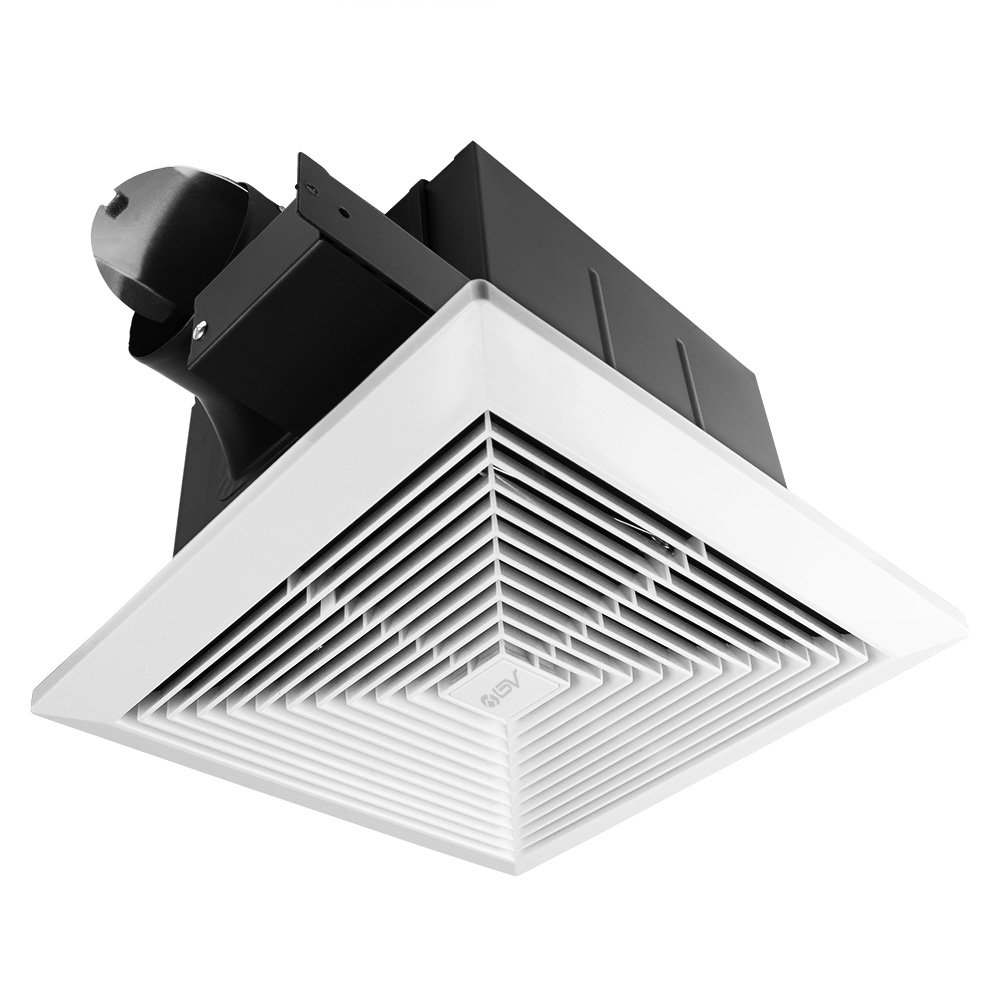
Image credit: https://m.media-amazon.com/
It’s made of a stainless steel body, making it durable. It also has a silent clever technology which makes it a whisper quiet bathroom exhaust fan such that it can be challenging to know if it’s on. Its heavy-duty motor fan is suitable for continuous use, especially if you have a busy bathroom that requires it to be on often.
The fan also comes with an adjustable bracket, making it easy to install. The unit comes with a one-year limited product warranty with technical support service.
Pros
Quiet operationStainless steel bodyOne year limited warrantyAdjustable bracket for installation
Cons
It may be difficult to installComplains of unexpected loudness
5. Delta Breez Near Silent Vent Fan
Delta Breez Near Silent Vent fan is an excellent choice for a bathroom exhaust fan that can be used without worrying about it being too loud. The fan comes with a multi-functional control switch, allowing the user to have full control of its operation. The unit is completely portable and requires no ductwork at all.
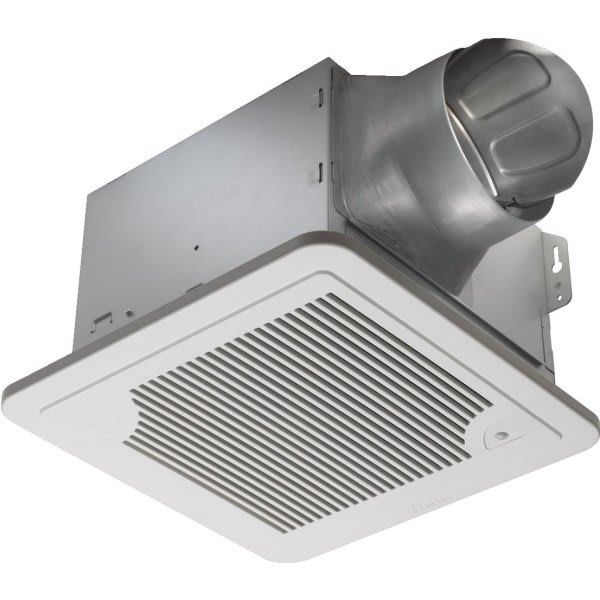
Image credit: https://images.hdsupplysolutions.com/
This bathroom fan has an indicator light to know if it’s on because at 0.6 sones, it may be difficult to know. The motor is a DC brushless type which will probably outlast many other appliances.
Other features boosting this fan’s effectiveness and convenience are its 6-inch duct and motion sensor. The 6-inch duct enables the fan to extract bad air and bring in fresh air faster while the motion sensor automatically turns on the fan when a person walks in.
It also has a humidity sensor that triggers the fan once the humidity level in your bathroom passes a certain level. On the downside, this is the most expensive bathroom exhaust fan. It’s also the least efficient, making it pricey to use. On the other hand, if you need a fan that’s powerful enough to serve a large or commercial bathroom, then this is a great choice.
Pros
Capable of moving a large amount of airSuper quiet performanceDurable buildIt comes with humidity and motion sensor
Cons
Highly expensiveLess efficient than other bathroom fan options
6. Akicon Ultra Quiet Ceiling Exhaust Bathroom Fan
This is a more standard bathroom ventilation fan from Akicon. It comes with noiseless technology that helps it be ultra quiet. The exhaust fan has a powerful motor that works to remove moisture and odors from your bathroom. It’s rated the most efficient of all the bathroom fans on this list, making it a great choice for busy bathrooms.
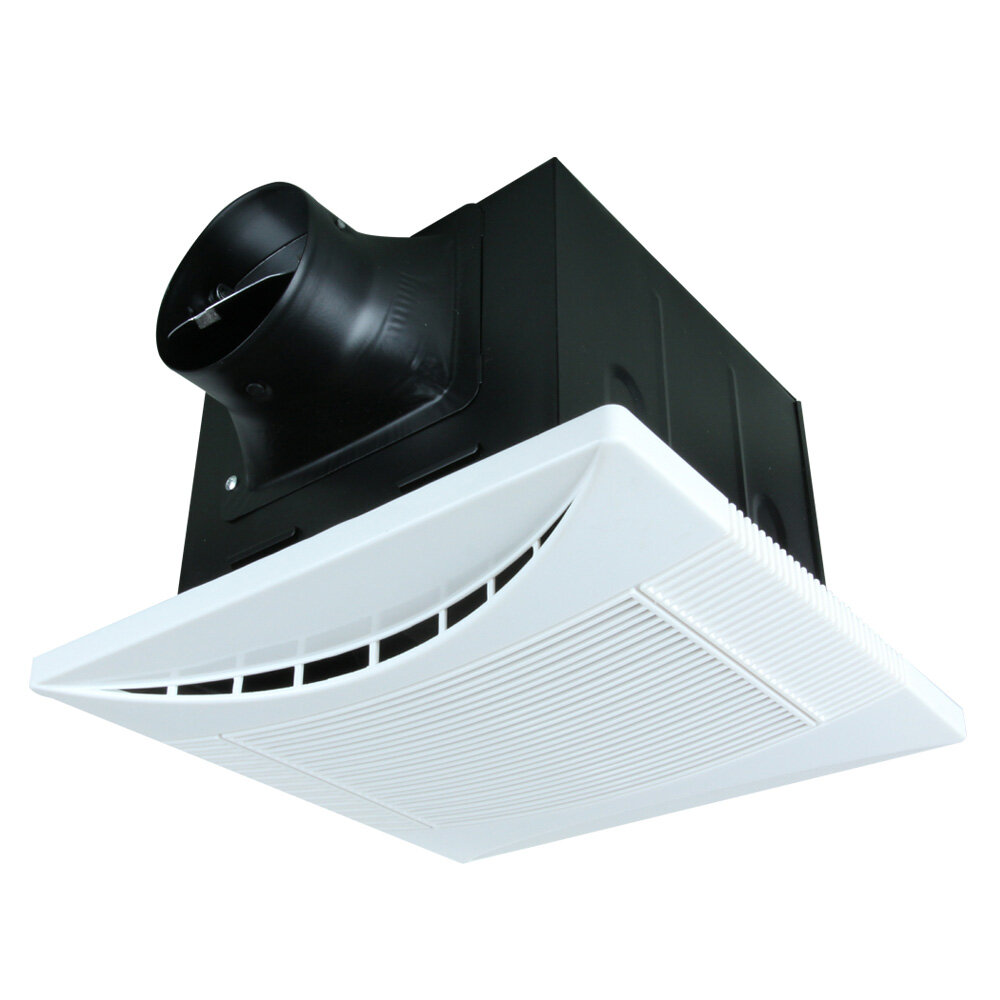
Image credit: https://secure.img1-fg.wfcdn.com/
This fan is suitable for bathrooms with a 4-inch duct connection, and you may need the help of a professional to install it. This is a budget-friendly fan that excels at being quiet, but it’s most effective at keeping smaller spaces dry well and ventilated.
Pros
Long-life ball bearing motorAffordable priceQuiet performanceEnergy star certified for energy efficiency
Cons
Not suitable for larger bathroomsRequires professional installation
7. Kaze Appliance Ultra Quiet Bathroom Exhaust Ventilation Fan Ventilator
The Kaze is a top-rated bathroom fan for less noise and low energy use. The motor is ultra-quiet, making it an excellent option for bathrooms that need to be especially quiet. This unit has a bright LED light with a night light that is easy on the eyes and perfect if you want to avoid turning on overhead lighting. It is also Energy Star certified for energy efficiency and uses only 1.0 watts on the lowest setting.
Apart from being quiet and effective, this fan features high-quality components, including a galvanized steel body and blades. It also features a permanently lubricated motor that keeps the fan running smoothly over long periods. Because of its double hanger mounting bars, installing this fan is easy.
The duct connection also has a backdraft damper that keeps foul air out without stopping the inflow of fresh air. This fan is energy star certified for its energy efficiency, meaning you’ll have fewer worries about your electricity bills.
Pros
Reasonably pricedDurable designQuiet performanceIt comes with a 3-year parts warranty
Cons
The size of the fan’s housing may require resizing your existing ceiling opening
8. Hauslane Ultra Quiet Electric Bathroom Exhaust Fan
Hauslane Ultra Quiet Electric Bathroom Exhaust Fan manufacturers offer a free product warranty for this fan, so you know the manufacturer is confident about its durability. The extra uses suction to remove stale air and smells from your bathroom and is crafted from the highest quality materials.
It’s recommended for spaces up to 120 square feet. This exhaust fan is durable stainless steel housing and comes certified by both UL and ETL. This fan also comes with a double hanger bar system for ideal positioning and standard housing to fit most ceiling joists.
DIY installation also becomes easier, thanks to its 4-inch vent connector. A one-year warranty also backs it.
Pros
Durable stainless steel housingBright LED light panelOne year warrantyImpressive quiet operation
Cons
Unclear instructions in the user guide
9. Win Air Ultra Quiet Bathroom Vent Fan
Win Air Ultra Quiet Bathroom Vent Fan is a powerful and quiet exhaust fan perfect for small to medium-sized bathrooms. Thanks to its simple design, it has a 1/2 HP motor and can be installed in less than an hour.
The white grill matches virtually any bathroom decor, and the unit is pretty simple to install. It’s also designed to be installed with a 4-inch duct.
Pros
0.3 sone ratingRated for small to standard bathroomsDecent price
Cons
It May get louder with usageNot a name brand
How to Pick the Best Quiet Bathroom Exhaust Fan
Sones
One sone of noise is the equivalent to the sound of a quiet refrigerator. The lower the sone rating, the more silent it will be. Sone is a unit of measurement that indicates how much noise a fan produces. Some fans have ratings as high as four sones, but anything higher than one sone isn’t a quiet bathroom exhaust fan.
Cubic Feet Per Minute
This CFM rating tells you how much air your fan can move when it’s on. For example, if the description says this bathroom exhaust fan has an intake of 100 CFM and blows out 106, then theoretically, it will take in 100 cubic feet of fresh air per minute and blow out 106 cubic feet of exhaust air.
Energy Efficiency
Energy-efficient fans will cost more than regular fans, but you could save money by buying one because they don’t use as much electricity. Electronic energy-efficient fans are also quieter because they have a built-in inverter that regulates the speed of the fan, allowing it to run at different speeds depending on how much power is needed for optimal performance.
Price
Exhaust fans are available at a wide range of prices, just like any other product, so what you pay is what you get. Cheaper fans have a lower CFM and less durable components, while pricier ones have more features and last longer.
Instead of settling for the cheapest or most expensive product on the market, opt for ones whose features meet your needs without exceeding your budget.
Ease of Installation
How easy is it to install an exhaust fan? Just like most other products in the market, they come with an installation manual so you can follow the instructions and do the job on your own or contact a professional regarding any questions or concerns you might have.
FAQs on Best Quiet Bathroom Exhaust Fans
How do you choose a quiet bathroom exhaust fan?
This depends on your budget, desired features, and location to mount the unit. Some are easier to install than others, which also affects your choice.
How much noise do bathroom exhaust fans make?
Bathroom exhaust fans are designed to be quiet, but they could still produce some noise depending on their capacity, power source, and location.
Final Thought on the Best Quiet Bathroom Exhaust Fans
Picking out appliances like a bathroom exhaust fan can be a daunting task. However, if you follow the guide above, it would be easier to choose a bathroom exhaust fan that is best for your needs.
The post 9 Best Quiet Bathroom Exhaust Fans appeared first on Kitchen Infinity.
Did you miss our previous article…
https://www.thelavkitchen.com/?p=859
